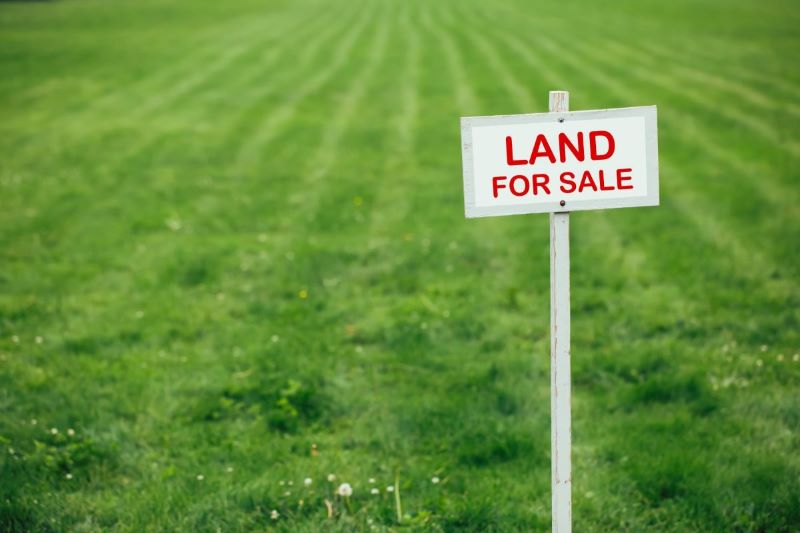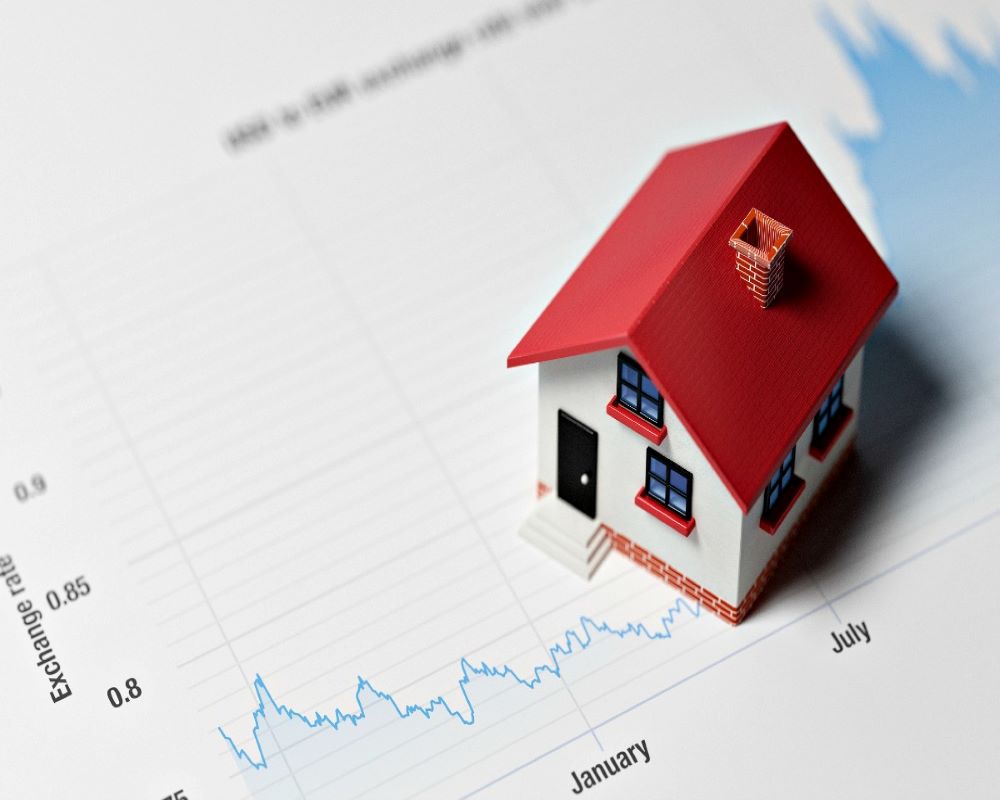Table of Contents
As of 2019, the value of the United States farm real estate averaged $3,160 per acre. Currently, Americans eyeing a piece of land don’t rely on a conventional mortgage to finance the purchase. Unless they have enough cash to buy the land, the vast majority of them apply for land loans.
Because land loans aren’t nearly as common as mortgage loans, people thinking of buying land have fewer options when thinking of applying for them. Besides, these loans typically attract a slightly higher down payment and interest rates. However, those who take land loans are generally highly satisfied by the end of their projects.
Have you recently been thinking of applying for a land loan? Then you need to know what you’re getting yourself into and how to get the best deals available out there. This guide has all the information you need.
Read on to learn more.
What is a Land Loan?
A land loan is a type of loan that’s meant to finance the purchase of a piece of land. Generally, land loans make up a tiny slice of the loan market and carry more risk for lenders than mortgage loans.
Why?
Well, if the lender needs to foreclosure on the loan, they have no guarantee of recovering their money. Compared to homeowners, owners of raw land are more likely to walk away from the property and stop making payments when they encounter a financial event in their lives. When it comes to your home, you’ll do whatever it takes to save it no matter what happens with your finances.
It’s the reason land loan rates seem less attractive than mortgage loans. Many lenders demand a substantial down payment, a shorter payment term, and higher interest rates.
What Types of Loans are Available For Buying Land?
Generally, there are five kinds of land loans available for applicants. Each of these loans has its specific terms and features. We’ll look at each of them.
Lender Land Loans
Lender land loans are usually available in community banks and credit unions. As you consider these types of loans, it’s best to opt for banks that have a local presence as they are best positioned to assess the value and potential of the land you intend to purchase.
If you plan to develop the land, then the loan terms are likely to be much better than if you aren’t planning to do anything on it. If you work with a local lender, you’re likely to get a longer repayment term. Remember to shop around for the best banks for land loans in your area before choosing a lender.
USDA Rural Housing Site Loans
For those planning to build a primary residence in a rural area, there are several loans from the United States Department of Agriculture that can help. Borrowers who wish to build their own homes can apply for Section 523 loans. On the other hand, borrowers who wish to hire contractors to build their homes can opt for Section 524 loans.
Both Section 523 and Section 524 loans have a repayment term of two years, but their interest rates can generally be low. Low and moderate-income families are the primary beneficiaries of these types of loans. Sometimes, borrowers with no down payment can still qualify for a loan based on their situation.
SBA 504 Loans
So you are a business owner and want to purchase one or more land packages that you’ll use for your business but don’t have sufficient funds. How do you go about it? That’s where SBA 504 Loans come in.
The total cost of purchasing the land is split three-way. The SBA provides 40% of the purchase cost, a lender offers a loan of 50% of the purchase price, and you contribute the remaining 10% in the form of a down payment.
Home Equity Loan
Those with existing homes that have significant equity can opt for home equity loans instead of land loans. Home equity loans require no down payment and generally attract a lower interest rate because your home is the security of the loan.
Seller Financing
Sometimes, the seller of the land may be willing to provide short-term financing. Since the typical lender doesn’t have a broad portfolio of loans as compared to lending institutions, you can expect a hefty down payment and high interest rates. Unless you can’t qualify for another type of loan, it’s best to avoid seller financing.
Getting the Right Land Loan for You
Each of the loans above has its own set of qualifications that you’ll need to meet before you can secure financing. In general, however, you’ll need to demonstrate that you have good credit, a consistent income, and an acceptable debt-to-income ratio. In other words, the process is quite similar to that of applying for a conventional home mortgage.
As you begin the process of getting a land loan, it’s best to shop around to find the best fit for your situation. Develop a comprehensive plan for what you intend to do with the lot of land before applying for the loan. This way, you can know what kind of loan is best for you and how long you’d like the repayment to be.
Determine what requirements and a lender has before signing any papers. Some lenders will require a balloon payment, while some are willing to take monthly payments. Go for an option that you’re most comfortable with.
Don’t forget to look at your budget to find out whether you can afford a loan before taking it. The land loan calculator on the website of a specific lender should give you a good idea of the figures you’re involved
Get the Right Land Loan for You Today
Buying land is a dream many people have, but not everybody has all the funds they need to finance the purchase through their bank accounts. Land loans can help make the dreams of aspiring landowners true. Arming yourself with as much information about the various types of land loans available in the market is the best way to make an informed decision before making the leap.
Are you interested in more great content like this? Keep visiting our website.








